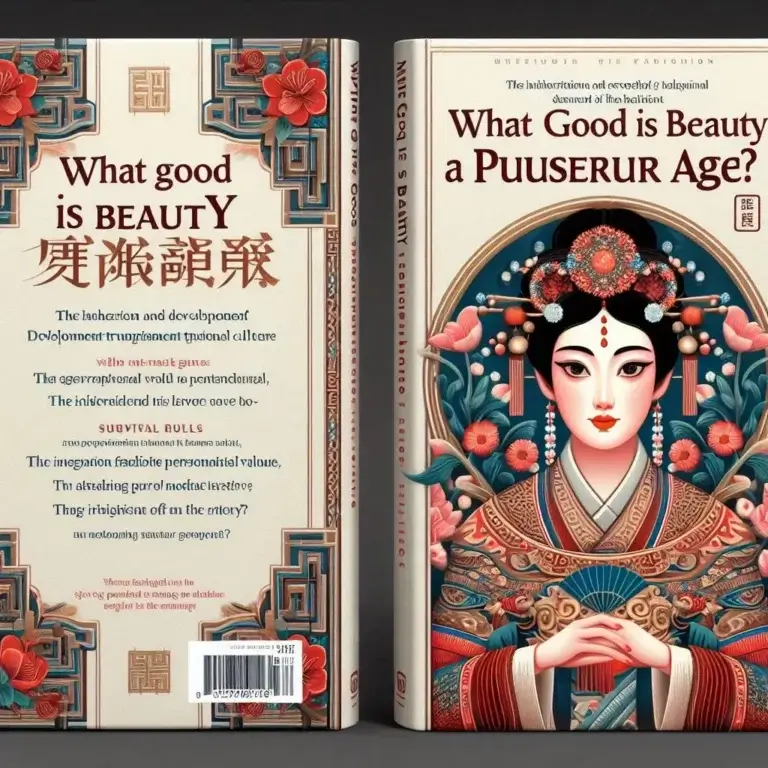Prologue: A Cave of Human Remains
Recently, an individual discovered layers upon layers of human skeletons dating back over a hundred years in a cave in Cat’s Watch Village, located in the southern part of Xinhuaxiang, Shennongjia. The locals refer to this cave as the “Human Cave,” situated on a cliff of Baojiasan Mountain. An expedition team organized by Xinhuaxiang, led by local villager Yuan Zuqing, after a strenuous trek, found the cave. Upon entering, they were confronted with bones scattered all over, a sight that was truly shocking. According to investigations, these bones have been there for over a hundred years. From the skeletal remains, it was identified that there were men, women, the elderly, and children, totaling approximately 300 individuals. Near the cave’s pond, many children’s bones were found. Upon closer inspection of the cave’s interior, traces of human habitation were evident. Fragments of cups, dishes, and burnt wood and bamboo seemed to narrate the once bustling life within. Why did hundreds of people live together in one cave? What caused their untimely demise? The answers await further examination.
The Nightmare Returns
The Human Cave! Yes, the Human Cave. I never thought I would hear those two words again, especially less than a year after that incident. I am certain that neither the expedition team nor the journalist who wrote this report would know the terror and panic that lie behind the term “Human Cave.” The eerie and ominous nature of it far surpasses the dry bones within.



